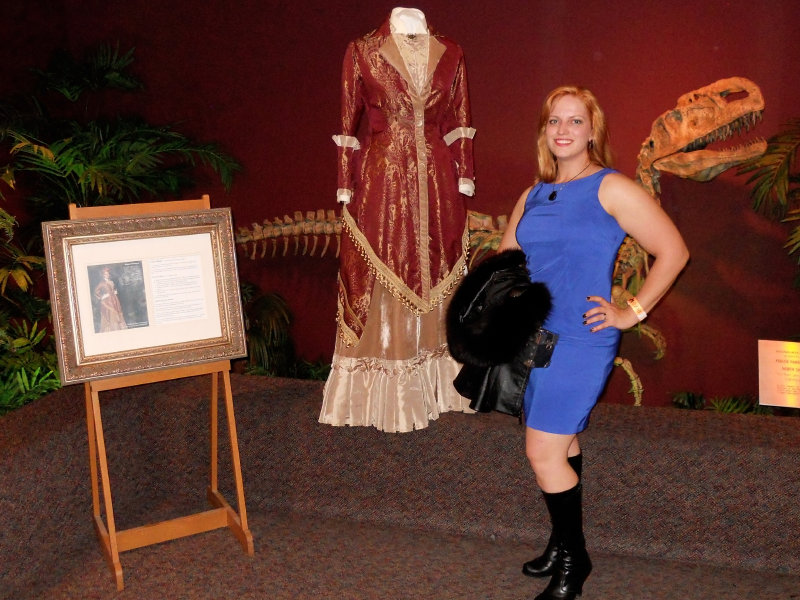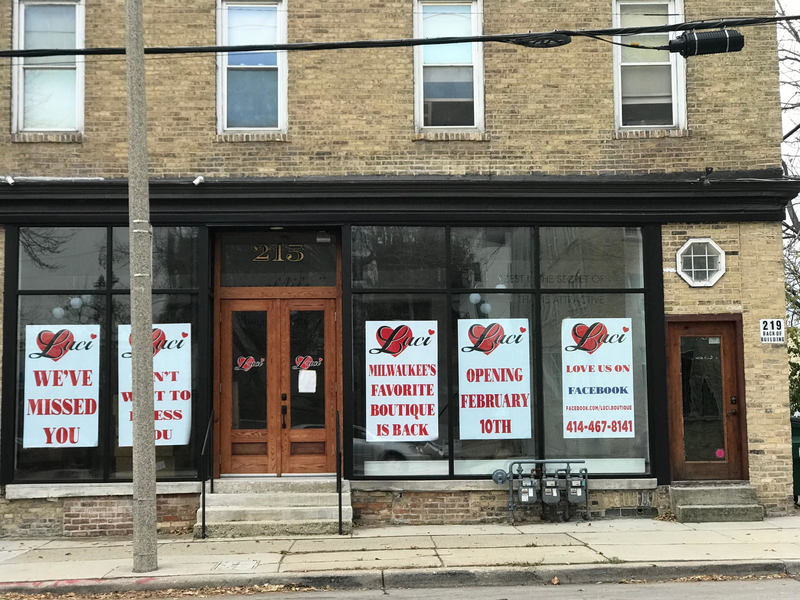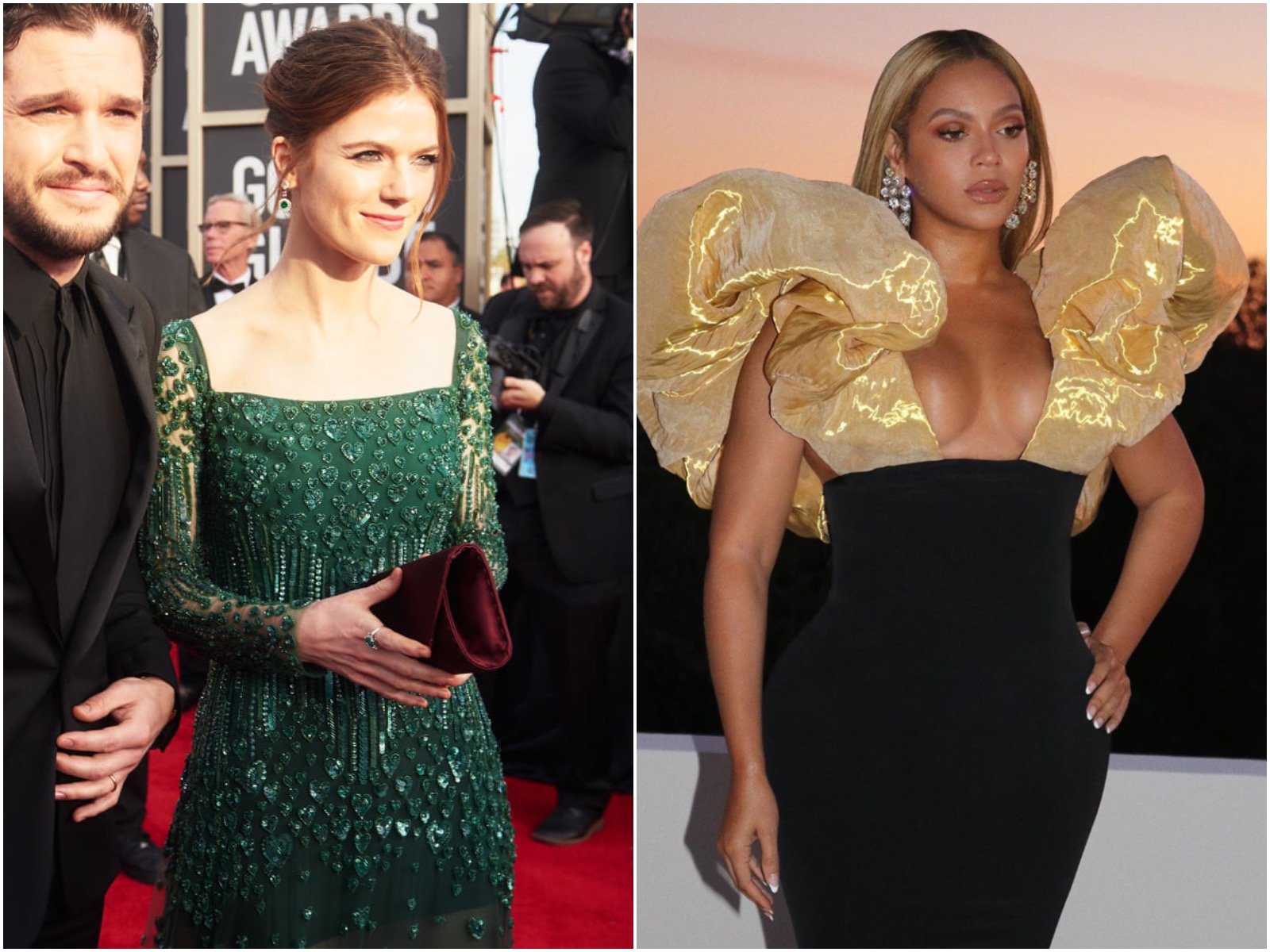How much effort people put into what they wear varies a lot from individual to individual. For some, clothing is simply a necessity and does not warrant a great deal of contemplation. Others feel strongly about their garb and see it as wearable art and / or important in personal presentation. And some simply find fashion fun to follow and explore.
Laura Meyer is a local artist and designer who is passionate about apparel, particularly clothing from the Renaissance and Victorian eras. Meyer operates a small business called Twilight Attire which specializes in corset and costume design. This summer, Meyer will also begin to offer costume consulting.
"If I had to put what I do into one statement, it would be 'designing and creating historically inspired clothing and corsetry for people who like to make an impression,'" she says.
And most of all, for Meyer, dressing up is just plain fun.
"Halloween, Ren Faire, theme parties, formal events, social dancing, Teslacon – just give me and excuse," says Meyer.
Meyer says she appreciates the attention she receives when she’s dressed in costume because it celebrates and acknowledges her efforts. It’s also a way to share art with others.
"I believe that art is pointless if it is not experienced, so my enjoyment stems from seeing other people enjoy my work, and it makes me feel like all the time and effort was worthwhile," says Meyer.
The ritual of dressing is minimized in modern, fast-paced culture, but it continues to fascinate Meyer. She says taking time to dress and to carefully select body adornments not only reveals a lot about one’s personality but also affects thoughts and actions, even a person's posture and choice of words.
"For example, a higher class lady in the Elizabethan period would wear, generally in order: hose, a full length chemise, a corset, a bumroll, a farthingale – also called a hoopskirt, an underskirt, an overskirt, possibly a partlet, a bodice with removable sleeves, possibly a separate ruff collar, a biggins or snood, a hat, shoes, gloves, jewelry, a pouch or basket, a fan and a pomander. Bloomers are added for modern hygiene/convenience," says Meyer. "When you go through this process of dressing, you can’t help but hold yourself differently."
This is, in part, why Meyer is a member of the Milwaukee Steampunk Society, a group of individuals who enjoy attending public events together while dressed in steampunk fashion. (Steampunk is a sub-genre of science fiction that combines the Victorian era with fantasy, machinery and the future.)
"The extra bit of formality and deliberation of dress is part of what attracts people to Steampunk. It’s transforming," says Meyer. "In this subculture where creativity is highly valued, what you wear IS what you have chosen to communicate to others about your own talents or sense of aesthetics."
Meyer started sewing dresses, corsets and what she describes as "over-the top evening wear" for herself to wear to nightclubs.
"One dress I recall in particular was full length, made from a shimmering black swimsuit fabric and inspired by a slinky backless costume worn by Madonna in ‘Dick Tracy,’ except my version also was low cut with a high slit up one leg," says Meyer.
Meyer has designed and constructed many corsets. She likes the precise work which requires a lot of shaping and measuring to make one that fits perfectly.
"I learn from every corset, outfit or costume that I make, and every piece is better than the last one in some way," she says. "My most recent corset, spurred by an idea for a blog post, is customized from an 1860 pattern and is now my choice for underneath my Victorian looks."
Meyer, who graduated from Alverno College in 2008, started Twilight Attire in 1998. Over the years, she has created costumes for a variety of local theater productions.
Although she really enjoys costuming for theatrical productions, she does not always have the time – and local theater groups do not always have the budgets – for costume designers. With these things in mind, she developed a special costume consulting service.
"This generally includes discussion of characters, historical or situational research, sketches and advice on how to create the suggested designs on a budget with specified resources," says Meyer. "I’m hoping that this will help theater groups who may feel overwhelmed by the prospect of designing a show on their own but don’t have the funds to hire a full time costume designer."
Recently, Meyer was asked by designer Timothy Westbrook to be a guest designer for his "Paleontology of a Woman" fashion show. Three of Meyer’s Victorian-inspired gowns were worn by models in the show and a fourth was on display.
Meyer also maintains a blog called "Repleating History" and made it into the "historical master" division in the Teslacon 3 Costume Contest which resulted in a write-up in Cloud Orchid Magazine.
"Beyond that, I like to explore the ‘anthropology’ of the fashions – who would have worn it, why and where they would wear it, and what difference a small detail on an outfit could make in social standing or meaning versus intent," says Meyer. "I enjoy pushing myself and challenging my current skill and knowledge level."
Molly Snyder started writing and publishing her work at the age 10, when her community newspaper printed her poem, "The Unicorn.” Since then, she's expanded beyond the subject of mythical creatures and written in many different mediums but, nearest and dearest to her heart, thousands of articles for OnMilwaukee.
Molly is a regular contributor to FOX6 News and numerous radio stations as well as the co-host of "Dandelions: A Podcast For Women.” She's received five Milwaukee Press Club Awards, served as the Pfister Narrator and is the Wisconsin State Fair’s Celebrity Cream Puff Eating Champion of 2019.







